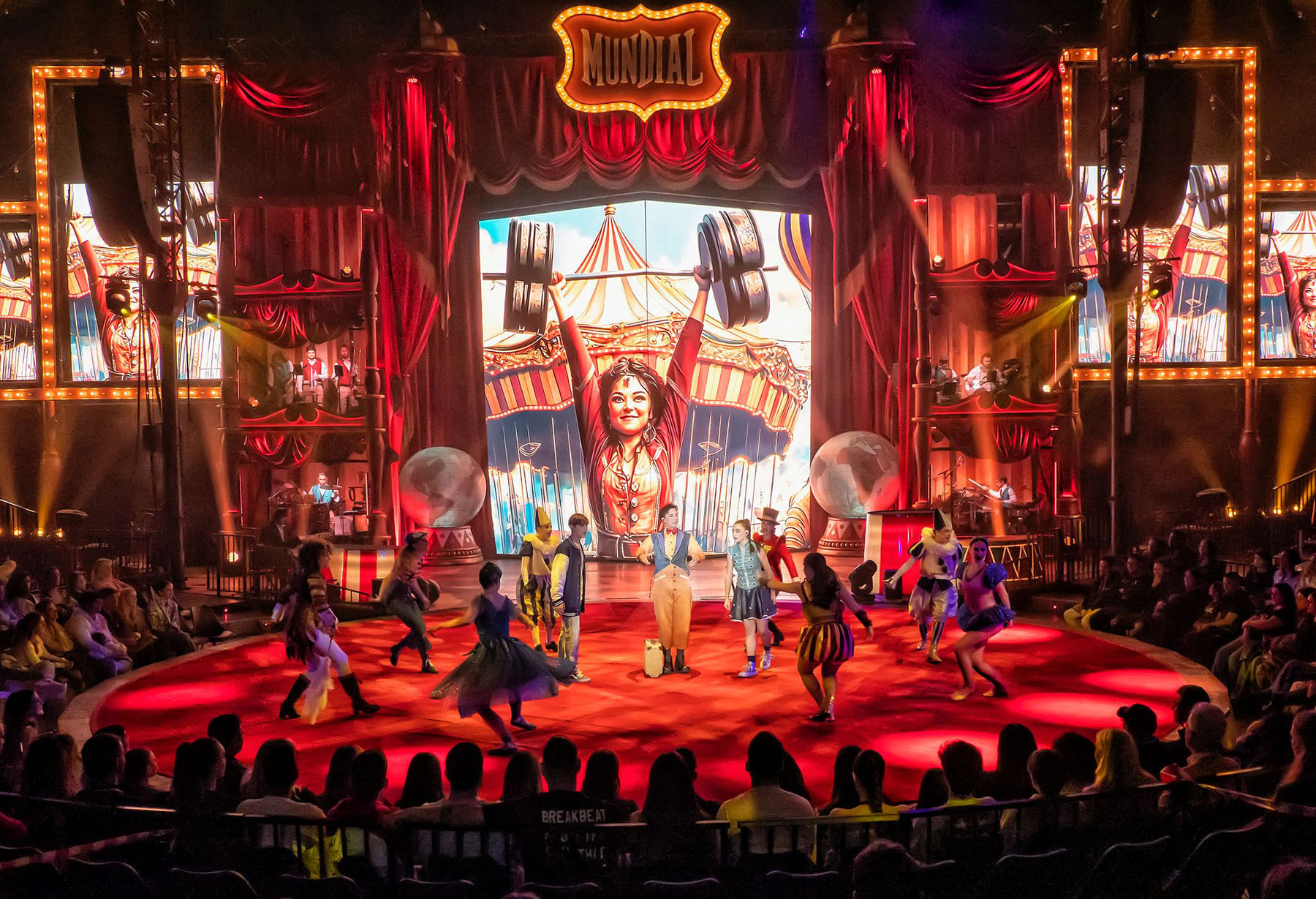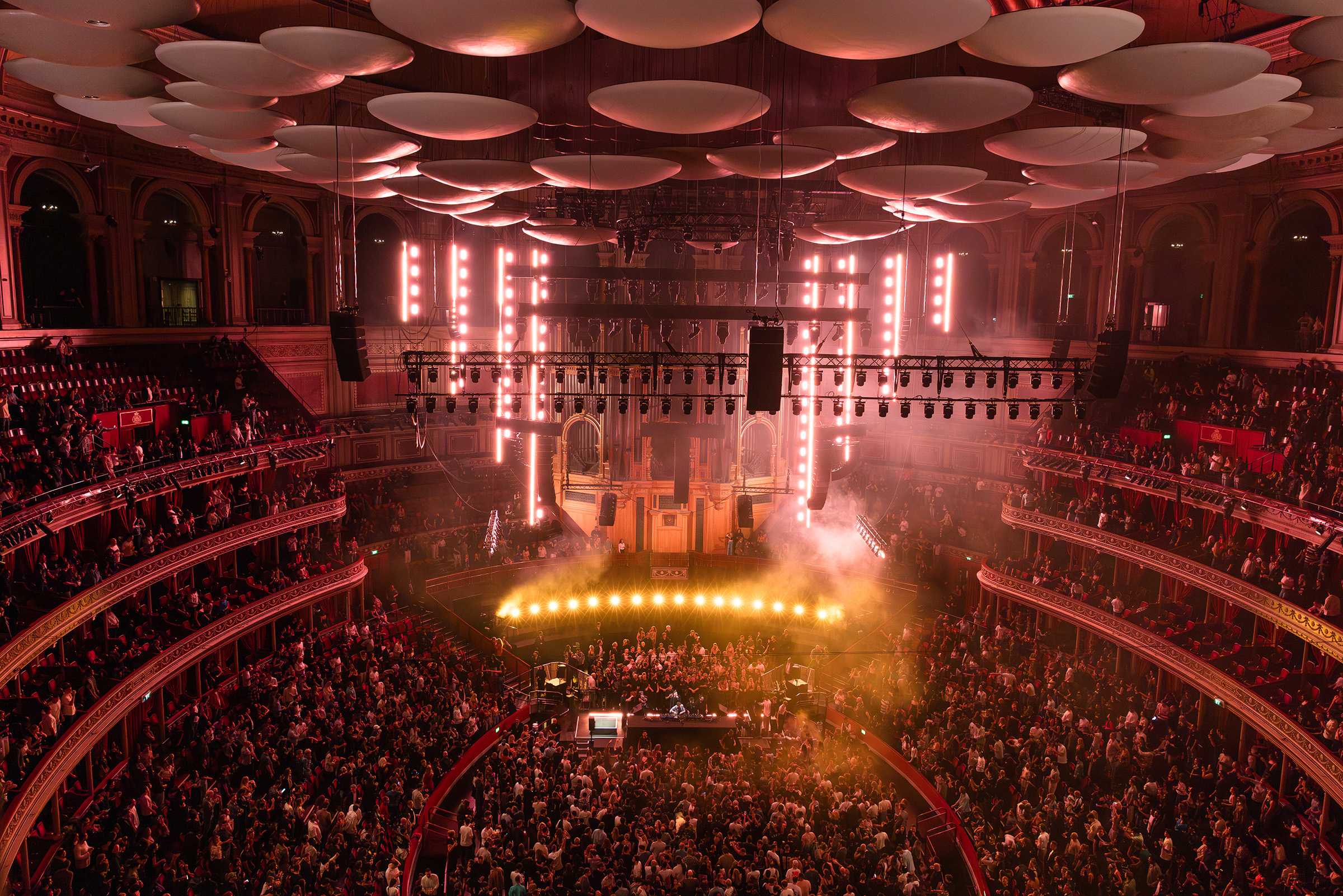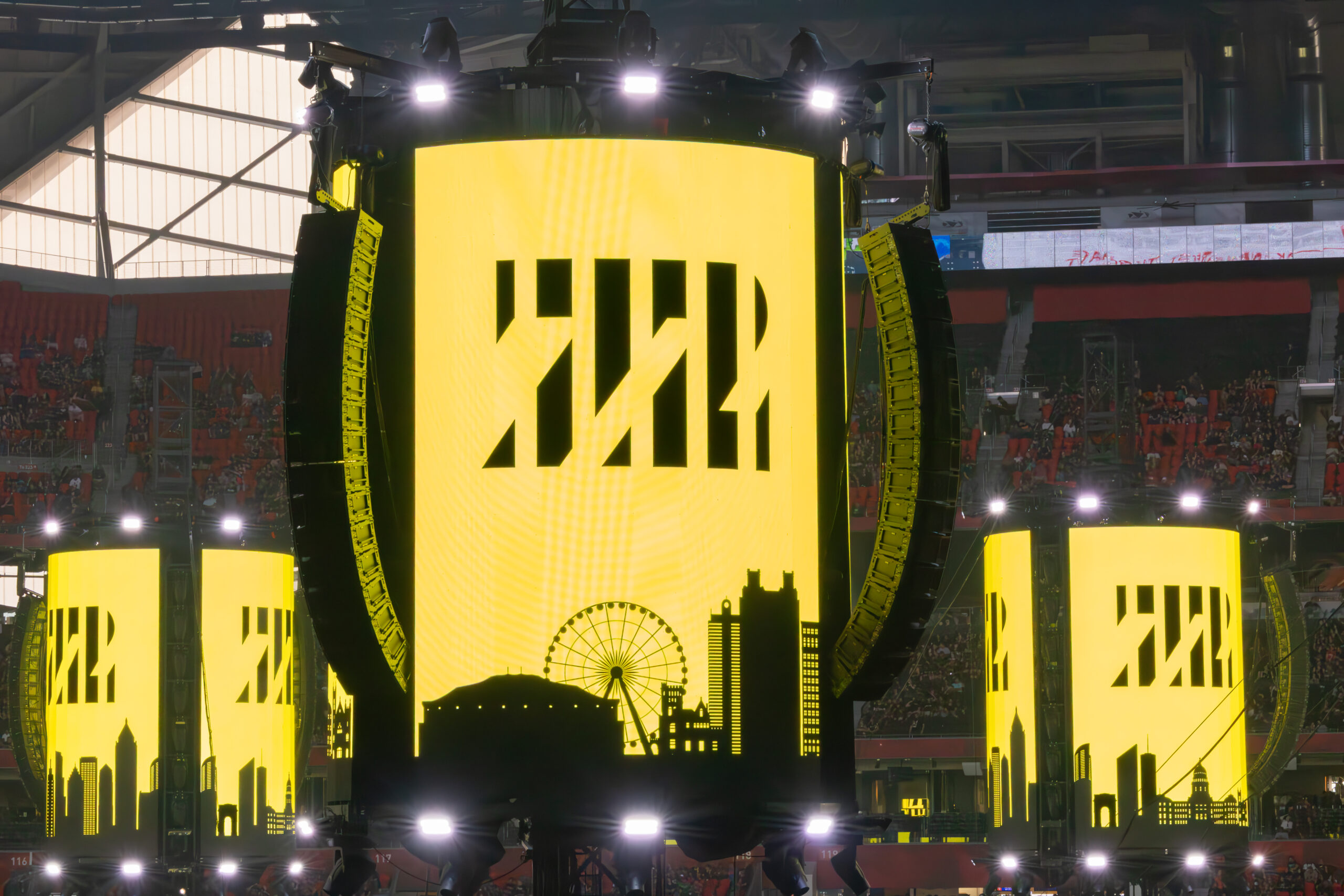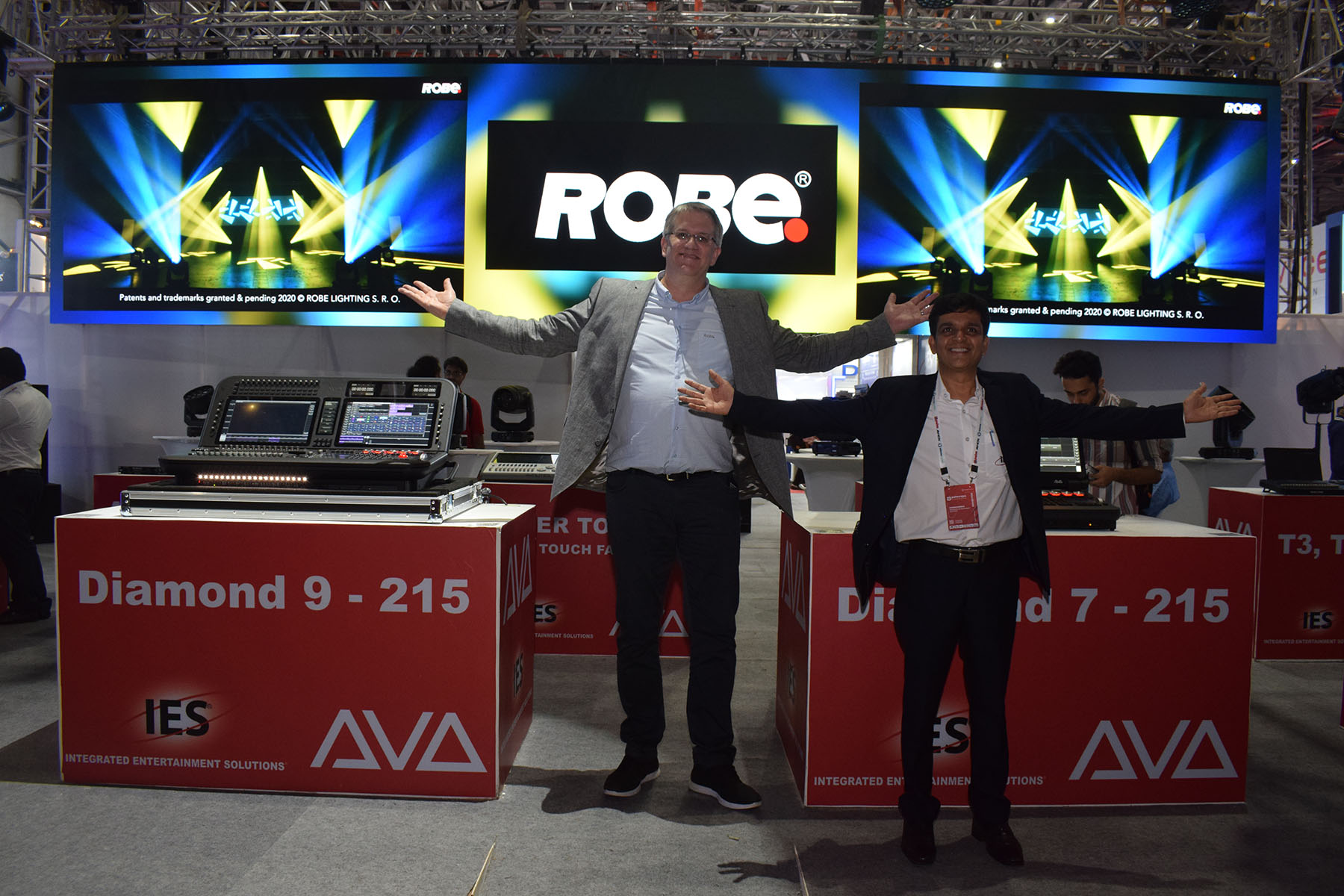CAPE TOWN – Gearhouse South Africa supported the first Cape Town Aqua Festival, a three-week arts event presented by MNet and produced by Hunta Live. It featured performances by local and international artists on a custom-built floating stage moored in the North Wharf area of Victoria & Albert harbor. The 2,000 capacity seating stand – supplied by Havaseat (a Gearhouse company) – was on dry land. Industry and outstanding natural beauty nestled side by side, with a working dry dock right behind the specially created venue, which was also adjacent to the Two Oceans Aquarium. The marina behind the stage was constantly in motion with yachts and pleasure craft slipping in and out to sea, while the whole vista was overlooked in the distance by Table Mountain.
The three weeks of the event spanned the holiday season, and included the resident AquaCircus, a daily performance devised by Zip-Zap, a local Circus School dedicated to developing the skills and potential of young people from disadvantaged backgrounds. Other highlights included the H2Opera, AquaJazz, AquaBallet and concerts by a wide range of artists from South Africa-based rockers, The Parlotones, to the Afro-fusion of Freshly Ground and SA's Johnny Clegg.
Gearhouse's Cape Town branch supplied staging and roofing, lighting, sound and rigging to the project which was managed by Richard Blamire. Gearhouse has worked with Hunta Live on many previous occasions, and they wanted one company to provide all the production elements.
The stage – made from industrial plastic and consisting of 1,200 interlocking cubes forming a flat surface – was supplied and installed by Cubi-System from France.
On top of this, Gearhouse built a 24 meter wide and 16 meter deep Layher stage, covered by a 14-meter-by-12-meter Slick Dome roof with clear skins. A semi-translucent part-painted scrim at the back of the stage allowed the boats and harbour behind to be seen during the daylight shows, and when lit in the evening, it featured a large octopus motif. The stage dimensions included PA wings and some side stage dressing room tents. The pontoon was loaded with a total of 45 tonnes of production equipment including the stage and roof.
The house lighting rig was designed by Gearhouse's Philip Chames and had to be flexible enough to deal with the wide variety of performers.
The lighting fixtures were rigged onto the Dome roof and included 12 Martin Professional MAC 2K Profiles for moving lights. Source Four profiles were used for keylighting, and also in the roof were eight 2K fresnels and bars of 6 PARs providing stage washes. Five 4-lite blinders along the crown of the stage were used for audience illumination, and there were additional 4-lites in the roof of the stage.
Front lighting was supplied by 500 Watt fresnels in the footlights position plus two Super Trouper followspots on the FOH tower. Four Studio Due CityColor floods positioned behind the stage were focused into the marina, highlighting all the yachts at night.
All lighting was controlled through a Hog iPC console.
"It's always good to work on a new event, especially one that is in such a unique setting," said Richard Blamire, who noted that everything went smoothly.
He had a crew of 15 on site each day, and for the build period there were about 50 Gearhouse personnel on site including staging and roofing.
One of the more offbeat site specific challenges for the crew and technical teams was not impacting on the home of the resident colony of Cape fur seals who hang out on the jetties that flanked the stage. The seals took an active interest in the performances, often swimming into the area of water between the stage and the dockside to take a closer look – and on occasion – joining in with the operatic shows.
For more information, please visit www.gearhouse.co.za.



